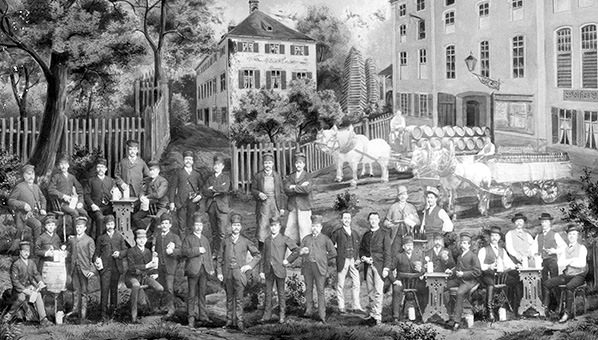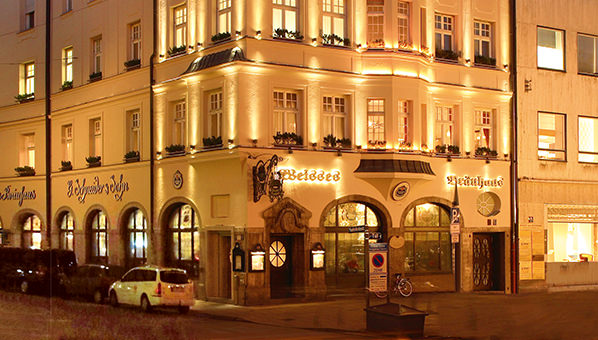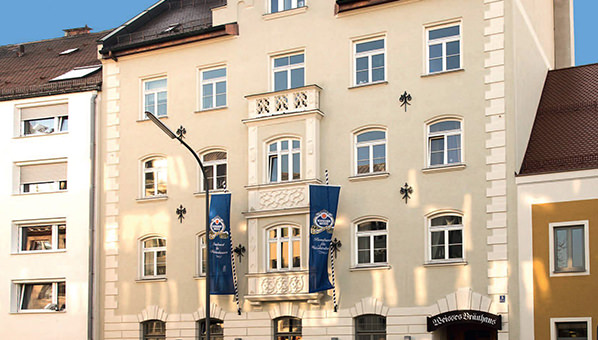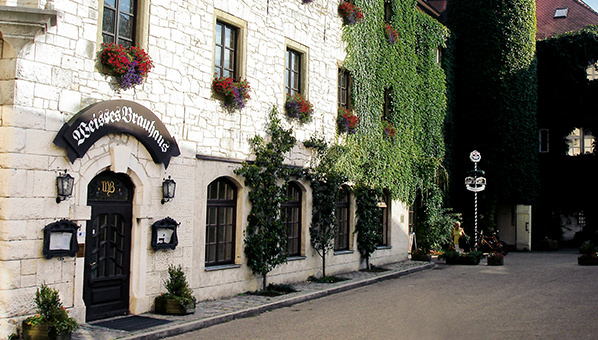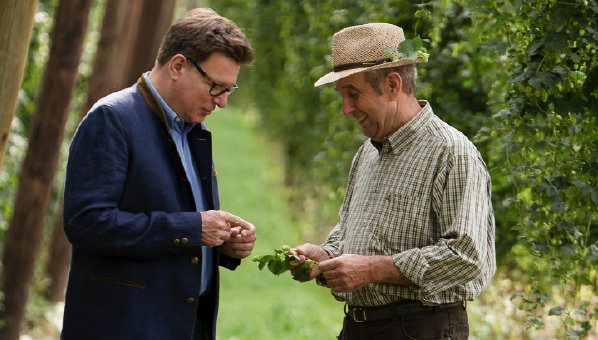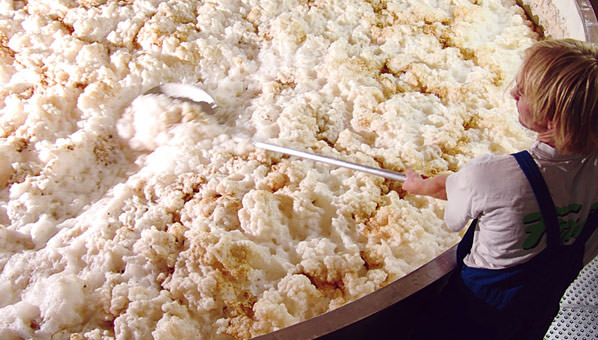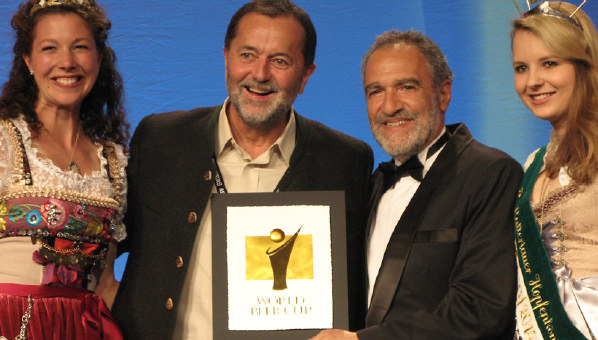What the sommelier should know: the fermentation process
To start off let's jump back a few centuries, since only from the 17th century on, when the effects of yeast became known, different brewing methods could evolve. Before that time the success of the fermentation process was more or less a matter of pure luck, often regarded as depending on the favour of the gods.
It was the French chemist and microbiologist Louis Pasteur who first found out that tiny organisms (yeast fungus) had the most important share in the fermentation process. Tody many different types of yeast suitable for brewing beer are known.
Now back to the actual fermentation. After the wort (consisting of water, malt and hop) has been cooked the yeast is added and the fermentation process begins. The main fermentation takes place in open vats or closed tanks. We will focus on the open method, as herein the yeast simply gets more air. Only then a harmonically balanced aroma can develop. During the fermentation the "Kräusen – very bitter ascending flocculations – are skimmed, in order to achieve a softer and well-rounded flavour.
Yet this special method has its drawbacks, as extremly high hygiencal standards must be met. That's the reason why the fermentation cellars in breweries applying the open fermentation method are closed to the public. At the end of the main fermentation the top fermented yeast rises, as the name implies. At the very end it is completely skimmed to be reused in the next brewing process. The so called green beer is now ready.
Now it's time for the secondary fermentation in bottles or closed tanks. It is important to say that with the bottle fermentation aromas and freshness are much more distinct than with the tank fermemtation. However it clearly is the more elaborate method, comparable to the production of champagne. During the three weeks maturation period, the fine yeast degrades and the beer accumulates natural carbonic acid.
Now finally, all there remains to be said, is this: Cheers!
Want to know more about how we at Schneider Weisse really get the very best out of the fermentation process? Then join us on our little virtual tour of our brewery ...
